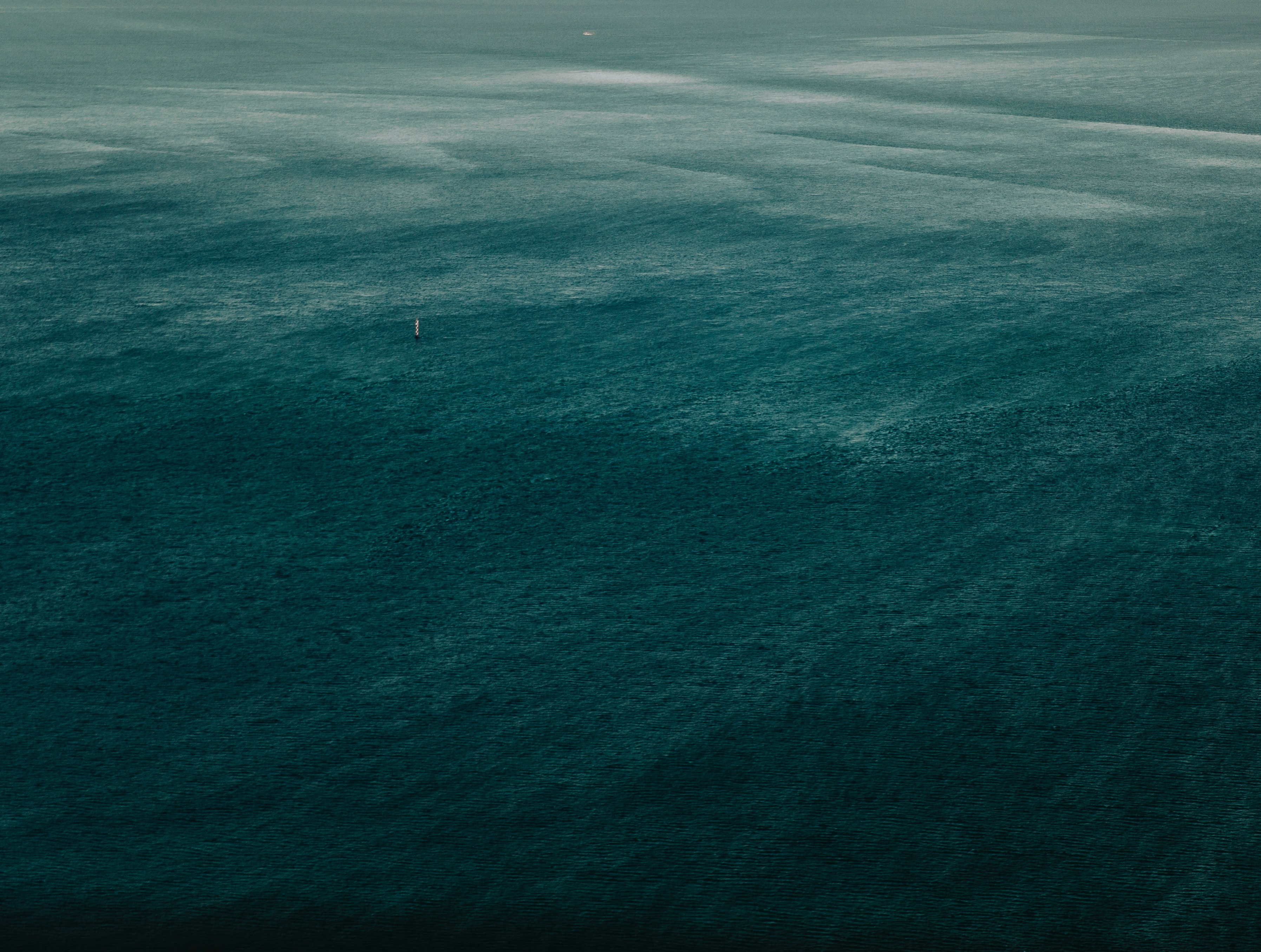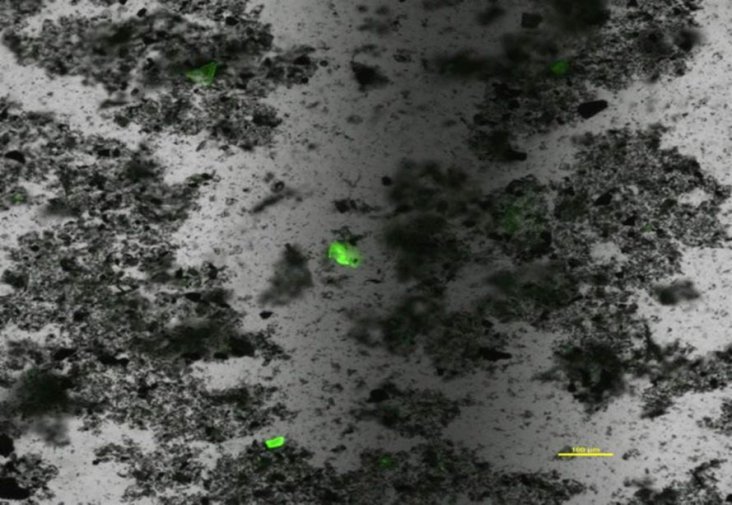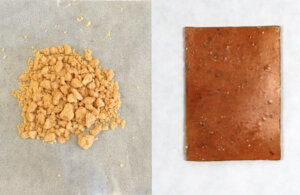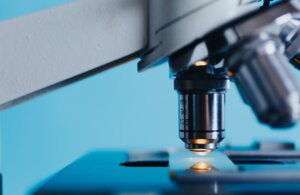Scientists: the new technique can detect microplastics as small as 20 micrometers (Credit: Inhabitat.com)
Previous surveys suggest only 1 percent of marine plastic waste is identifiable. To suss out the “missing” 99 percent, researchers from the University of Warwick in England decided to shine a light on the problem by using fluorescent dyes, according to an article on Inhabitat.com.
Gabriel Erni-Cassola and Joseph A. Christie-Oleza from Warwick’s School of Life Sciences, who spearheaded the research, claim that the new technique can detect microplastics as small as 20 micrometers—about the width of a single human hair.
Because the dye they created binds only to plastic, the “tagged” microplastics show up easily among other natural materials when viewed under a fluorescence microscope.
Testing the method on samples of surface seawater and beach sand from the coast around Plymouth, the scientists said they were able to extract a far greater number of microplastics than they would have with traditional methods.
“Using this method, a huge series of samples can be viewed and analyzed very quickly, to obtain large amounts of data on the quantities of small microplastics in seawater or, effectively, in any environmental sample,” said Erni-Cassola in a statement. “Current methods used to assess the amount of microplastics mostly consist in manually picking the microplastics out of samples one by one—demonstrating the great improvement of our method.”
Meanwhile, the team at Warwick discovered that the largest quantity of microplastics less than 1 mm in diameter was polypropylene, the ubiquitous polymer found in plastic bags and takeout containers. This finding proves that “our consumer habits are directly affecting the oceans,” the scientists said.
The research is still in its early days, Christie-Oleza insisted, but it’s a beginning.
“Have we found the lost 99 percent of missing plastic in surface oceans?” he said. “Obviously this method needs to be implemented in future scientific surveys to confirm our preliminary findings. It is important to understand how plastic waste behaves in the environment to correctly assess future policies.”










